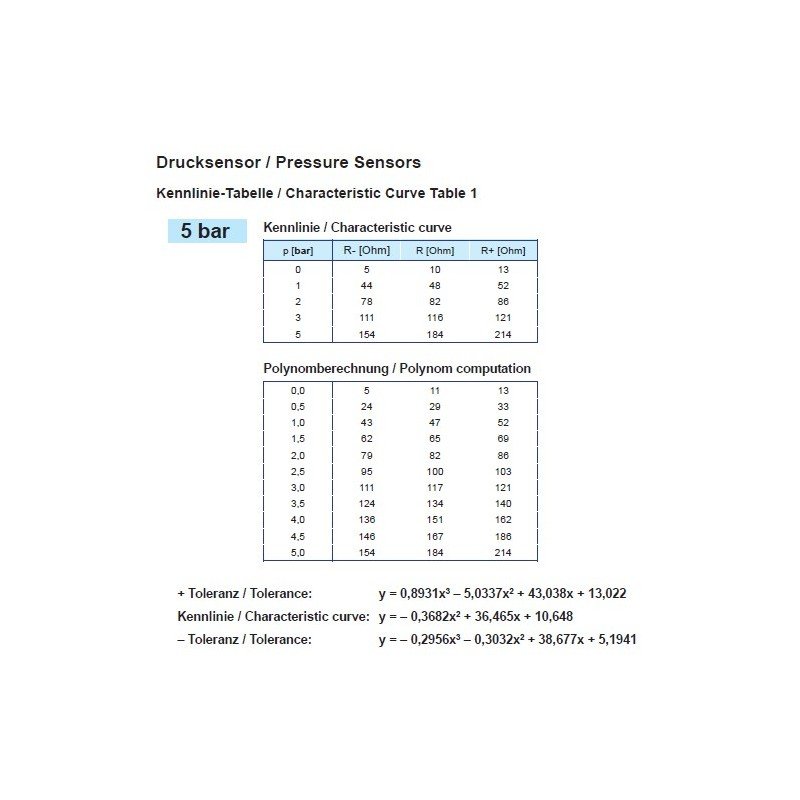Re: High Oil Pressure
WesRagle wrote:Hi Guys,Mike53 wrote:If I'm not mistaken theVDO 80 psi sender should have 5 Bar stamped on it the 150 psi would be 10 Bar. The Hummel engines come with the 150 psi senders.
I'll check the sender. I'm thinking mine came from GRT with the EIS. I did buy a second one from them to verify the original. One read slightly higher than the original but was close.
This is an intermittent problem. It's acted up some in the past but it was more pronounced this time. Sure seems like a little "sticktion" of the plunger is likely.
Thanks Again, We'll See,
Wes
I stand corrected .My sender also came from GRT.Memory is the first thing to go when you get older if i remember correctly.

